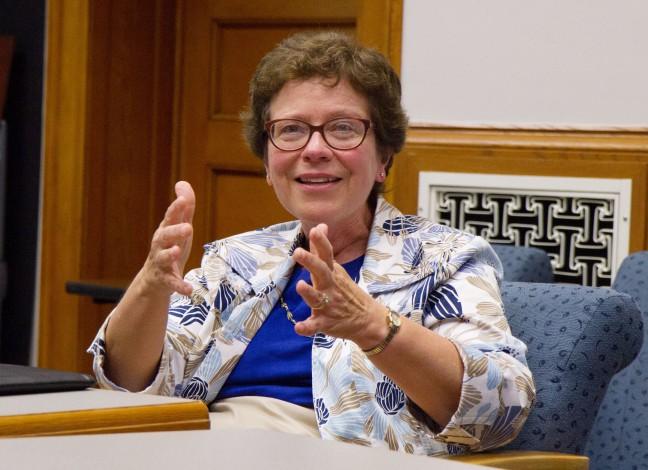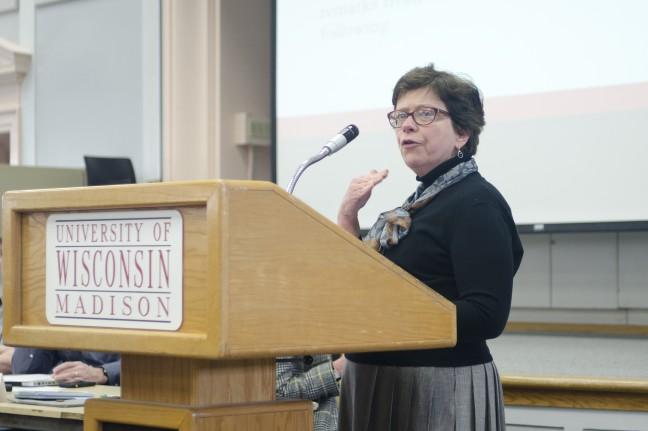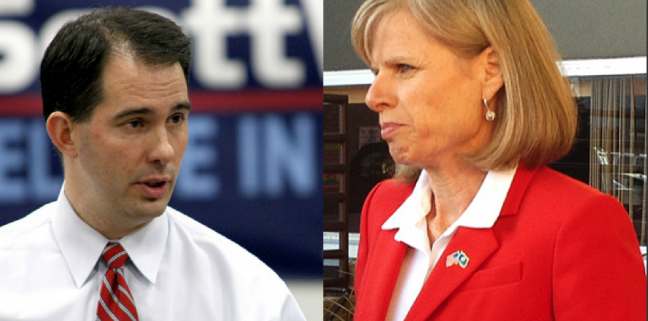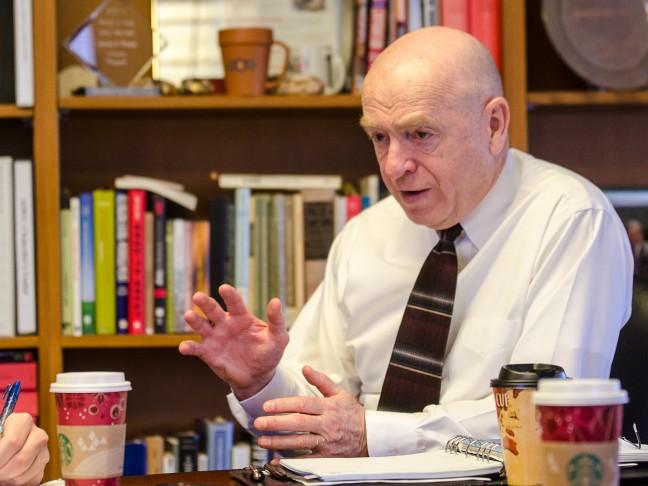As the new legislative session begins with a major focus on addressing the skills gap, higher education institutions throughout the state are playing their part in attempting to close these discrepancies.
A number of reports released last year have outlined the main problem: employers have available jobs, but see a lack of skilled applicants to fill them.
Bill Smith, state director of Wisconsin’s National Federation of Independent Business branch, said four-year institutions and technical colleges must work to overcome the skills gap now or face a worse problem years down the line.
“We really do need to aggressively develop policies to close the skills gap,” Smith said. “The problem is real.”
Much of the short-term focus is on skilled trades that may not necessarily need a four-year degree, such as welding or certain health care jobs.
However, Gov. Scott Walker said in last week’s State of the State address the state must prepare graduates to succeed in jobs “not only of today, but of tomorrow.”
Competitive Wisconsin, Inc. released a report focused on long-term education based on “skills clusters,” or broad skills that can be used in multiple fields.
“These are all fields where you’re definitely talking about the capacity of our four-year institutions to educate more students for the future,” University of Wisconsin System spokesperson David Giroux said.
In his speech last week, Walker highlighted one of the UW System programs aimed at closing the skills gap: the flexible degree program.
Giroux said the online degree program will allow non-traditional students to get a UW System degree in a “much more convenient way.”
“[The program] will be especially appealing to certain adult workers who want the flexibility to complete the degree at their own pace and their own convenience, but also apply what they’ve already learned [through] work experience,” Giroux said.
The program is beginning this fall in a few campuses and will expand to others when they develop their degree programs. The pilot courses this spring have already seen large numbers of applicants, Giroux said.
For current university students, a report from former Bucyrus CEO Tim Sullivan emphasized the importance of completing a four-year degree on time, an area where the UW System has seen some improvement in recent years.
Between 1981 and 2007, the four-year graduation rate in UW System institutions climbed from 18.9 percent to 28.5 percent. Giroux said the UW System remains focused on improving the four-year graduation rate.
One of the ways to improve this trend, the report said, is to make transferring credits within public institutions easier.
The UW System already has a website where students can look at whether a class will transfer from one institution – including technical colleges – to another.
A “more sophisticated version” of that website is currently being pilot-tested for UW transfers, Giroux said.
In that version, students can choose a degree – rather than a class – at the Madison flagship and see what courses count toward the degree requirements, which vary widely, even within schools. Giroux said if successful, the UW System hopes to expand the website to any UW campus.
The chair of the Assembly’s Committee on Colleges and Universities, Rep. Stephen Nass, R-Whitewater, thinks Wisconsin’s higher education institutions are no longer “keeping their finger on the pulse of the economy,” according to his spokesperson Mike Mikalsen.
“Rep. Nass is very concerned both in the short-term and long-term that both [universities and technical colleges] are not meeting the needs of employers,” Mikalsen said.
The Wisconsin Technical Colleges System is “excited” to have a conversation about the skills gap, spokesman Conor Smyth said. In its budget request, WTCS is asking for an $88 million increase over two years to help fund their programs.
That includes the Wisconsin Workforce Partnership Program, which Walker praised in his speech only a few days after its first class graduated. Other WTCS requests include expanding a career pathways program – where a lower degree’s credits can be used to build up to a more advanced one – and increasing dual enrollment for high school students.

















